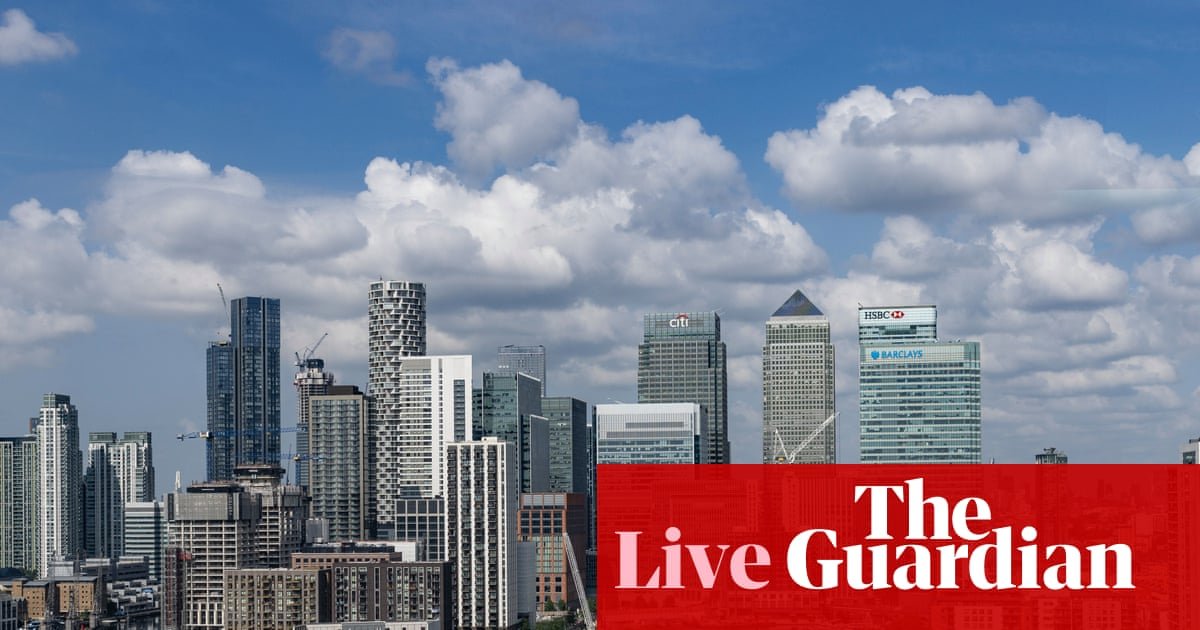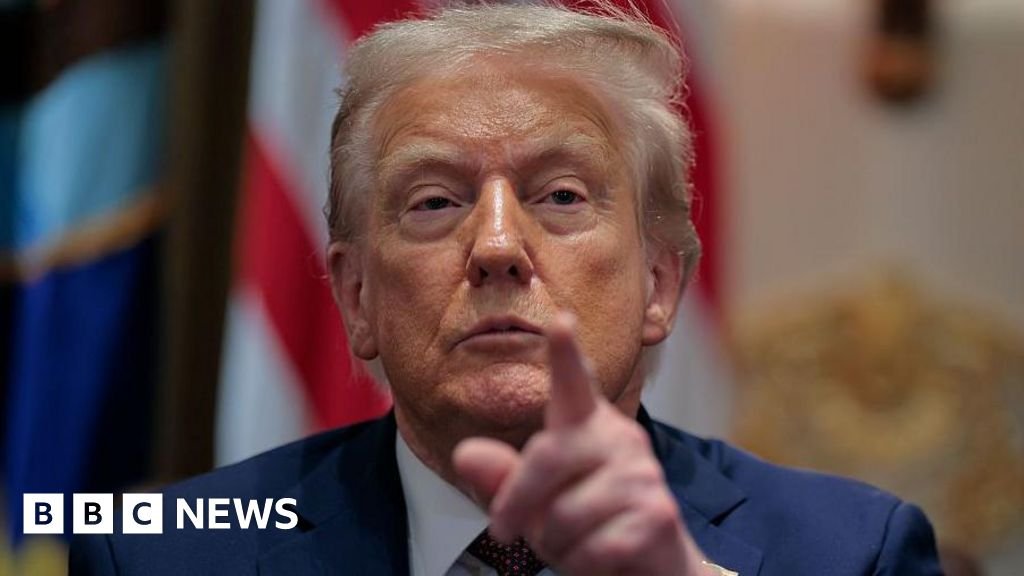Amazon’s CEO Andy Jassy cut to the chase in his June 17, 2025, memo, “Some Thoughts on Generative AI (Artificial Intelligence).” He told his 1.5 million-strong workforce, “We will need fewer people doing some of the jobs that are being done today.”
The anxiety felt by small businesses over AI is a global phenomenon. The World Economic Forum’s (WEF) Future of Jobs Report 2025 finds that 41 percent of employers worldwide expect to reduce their headcount by 2030 due to the impact of AI. A survey from Live Data Technologies shows that U.S. public companies already have leaned on AI to reduce white-collar staff by 3.5 percent over the past three years. It’s no wonder local business owners feel the chill. How can the big companies do so much more with less?
Employee retention, not reduction, is the superpower of small businesses; they can’t woo talent with Silicon Valley stock options, but they can provide purpose, flexibility, and up-to-date tools. Gallup’s 2024 Engagement Index shows employees who feel “well equipped” are 29 percent less likely to job hunt. Offload mind-numbing spreadsheet acrobatics to an AI co-pilot to let your team work on more engaging projects, and suddenly, Tuesday feels less like Groundhog Day.
Upskilling isn’t just altruism; it’s value creation. WEF data indicate that small businesses that prioritize reskilling enjoy higher productivity premiums and command loftier valuations in private equity deals despite not being able to match the profitability of large companies. Profit margins in the Berkshires were already thin before inflation reached 40-year highs; now, margins for local companies sit around 7 to 10 percent.
Large companies, by contrast, were able to pass those higher costs onto their customers, lifting the profit margins of S&P 500 companies to near-record highs, nearly 13 percent, and with much more scale.
To maintain its margins, a small company may need to reduce its workforce. But layoffs can be blunt instruments. Losing institutional knowledge, paying severance, rehiring when demand rebounds — these hidden costs often offset the short-term savings.
AI offers a more innovative lever; think of it as a force multiplier. Your accounting department can code invoices; logistics can route deliveries; human resources can screen resumes; your sales department can automate follow-up emails; and customer service can use empathetic voice prompts.
The gap between experimentation and embedding is wide and growing wider. Early adopters iterate faster, gather richer proprietary data, and set new customer expectations that laggards struggle to match. If you delay six months, you won’t just be catching up to today’s tools; you’ll be chasing next year’s leap.
Here are some practical steps to start augmenting your team:
• Audit friction points. Ask department heads to list the top three tasks they’d happily automate. Or, if they aren’t sure what could be automated, reframe the question: “What are your responsibilities that you think an assistant can do for you?” You’ll identify quick-win candidates, such as data entry, inventory reconciliation, or social media scheduling.
• Pick the easiest tools first. Platforms such as Microsoft Co-pilot, Google Gemini, or the GPT plug-ins built into QuickBooks and HubSpot embed AI in familiar interfaces — no Ph.D.-level training required.
• Dedicated training. Many organizations, such as MIT and Stanford, offer training in AI. Google offers courses such as AI Essentials, Prompting Essentials and Grow With Google.
• Create “sandbox Fridays.” Block two hours a week for employees to experiment with AI prompts and share tips. Peer training can be helpful because you have a deep understanding of your company and can customize your dedicated training.
Technology is no longer the constraint: leadership’s will is. The WEF found that 63 percent of employers view skills gaps as their most significant barrier to transformation. The alignment of upskilling employees through AI won’t happen by accident. It happens when owners of small businesses treat AI fluency the way they treated computer literacy in 1995 — as a non-negotiable requirement.
Unfortunately, for many now-bankrupt companies, it was too late by then. Most large companies and early adopters had already transitioned from typewriters to computers in the previous decade.
AI’s arrival doesn’t have to play out like Amazon’s headcount math. Firms that pair human ingenuity with machine precision will outrun those that treat AI as a pink slip printer. The result is higher margins, happier teams, and higher enterprise value.









































